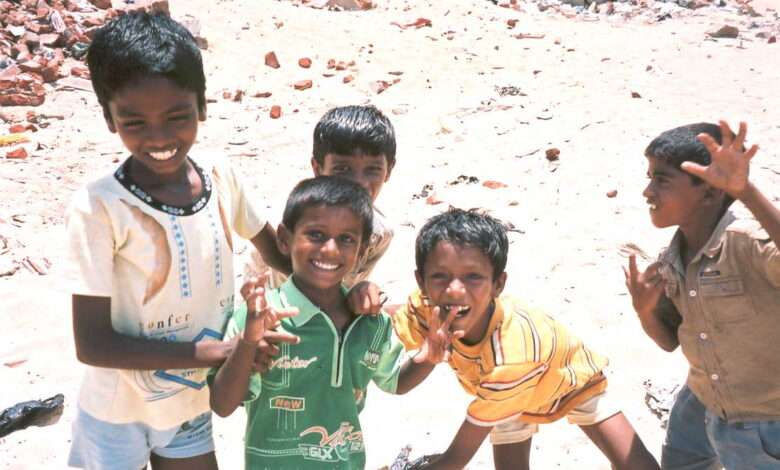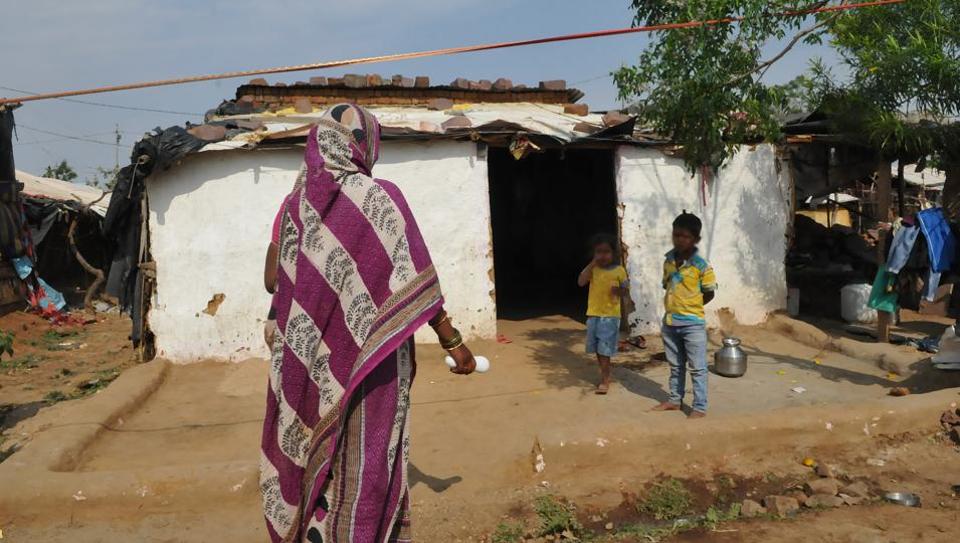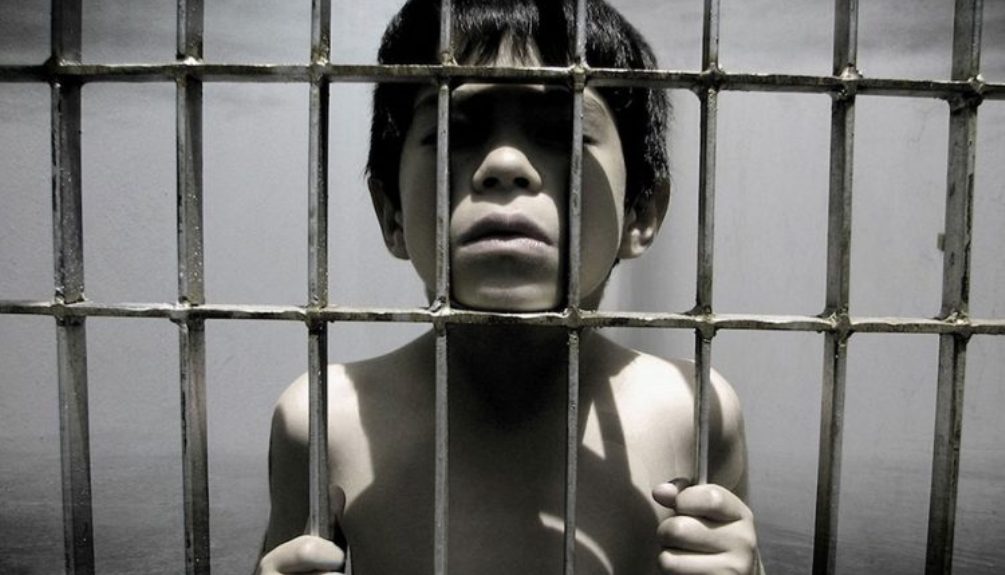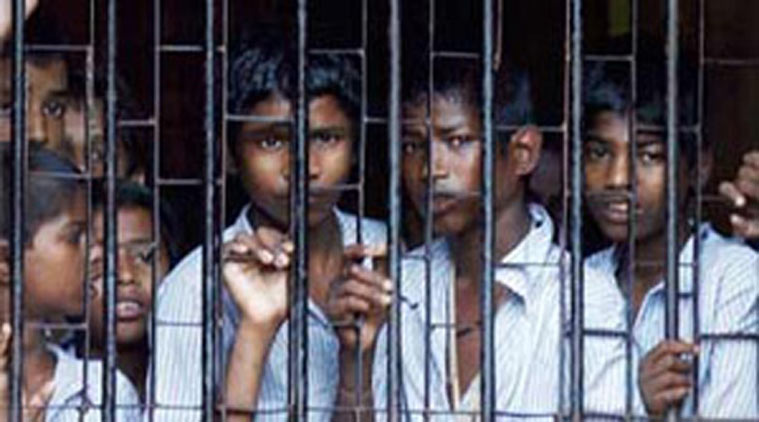Training Kids For Robbery In “Criminal Schools”, A Dark Path For The Nation’s Youth And Society’s Future; Is This The Direction India’s Youth Is Headed And Why This Is A Dangerous Scenario
A dark undercurrent runs through the seemingly quiet villages of Kadia, Gulkhedi, and Hulkhedi, in the heart of Madya Pradesh. These remote settlements, far from the hustle and bustle of the state capital, Bhopal, have earned the notorious reputation of being breeding grounds for crime. Children as young as 12 here are being systematically groomed into lives of theft and deceit, transforming these villages into budding "criminal schools". This hidden world, where crime is not just a way of life but a thriving industry, has alarmed authorities and raised troubling questions about the future of India's youth. Even as tales of daring heists are making national headlines, the full scale and sophistication of these criminal operations reveal a deeper crisis—one that exposes the vulnerabilities of the education system, the challenges of law enforcement, and the desperation that drives families to such extremes.

The Rise Of Criminal Schools In Madhya Pradesh
Would you send your child to a school where the syllabus is theft, and the teachers are seasoned criminals?
Well, in the villages of Kadia, Gulkhedi, and Hulkhedi, this is not a hypothetical question but a grim reality.
Here, parents, driven by desperation or lured by the promise of quick money, willingly enrol their children in these “criminal schools,” where lessons in pickpocketing, bag snatching, and evading the police replace math, science, and history.
These young students, some barely in their teens, are trained in the dark arts of crime, with the hope that their “education” will bring financial relief to their impoverished families.
However, the choices being made here—between the uncertain promise of traditional education and the immediate, albeit dangerous, rewards of a criminal career, can only be summed up by one question—what future can there be for a child whose schooling is rooted in crime?

The Rise of Criminal Schools in Madhya Pradesh, A Dangerous Trend for India’s Future
Speaking of the three villages in the heart of Madhya Pradesh—Kadia, Gulkhedi, and Hulkhedi—located approximately 117 kilometers from Bhopal, in Rajgarh district are infamous for training children as young as 12 or 13 in the “arts” of theft, robbery, and dacoity and have gained nationwide notoriety as “nurseries” of criminals.
The disturbing trend raises significant concerns about the future of India’s youth and the societal pressures that lead to such dangerous paths.
The Danger of a Criminal Curriculum
The existence of these crime nurseries is not just a local issue; it is a dangerous scenario that poses a threat to the broader fabric of Indian society when children are indoctrinated into a life of crime at such a young age, it sets a precedent for future generations.
The normalization of criminal behavior in these communities creates a vicious cycle that becomes increasingly difficult to break. These children, instead of being nurtured into becoming productive members of society, are being molded into career criminals, their potential wasted on illegal activities.
Moreover, the fact that these villages have become so notorious that even the police tread carefully in the region only shows the seriousness of the situation.
The law enforcement’s inability to assert control over these areas allows criminal activities to flourish unchecked, further encouraging the gangs that operate there.

The “Grand Heist”
These villages have become infamous for producing some of the most cunning thieves, whose exploits have made headlines across India.
Take for example, on August 8, a lavish destination wedding at the Hyatt Hotel in Jaipur took a dramatic turn when a young thief made off with a bag containing jewellery worth Rs 1.5 crore and Rs 1 lakh in cash.
The event was the wedding of the son of a Hyderabad-based businessman, however as the ceremony progressed and the bride and groom were receiving blessings, the groom’s mother placed her white bag nearby.
Seizing the opportunity, the young thief discreetly stole the bag, escaping with its valuable contents.
Now here is where the “criminal lessons” kicked in —after the theft, his gang fled to Kadiya village in Rajgarh district and to avoid detection, they quickly disposed of the stolen jewellery and tried to blend in by joining a Kanwar Yatra, a religious pilgrimage.
Their plan might have worked if not for the swift and thorough investigation that followed and eventually, the young thief was apprehended, leading to the exposure of the entire gang.
In yet another incident, 24-year-old Ravindra Sisodia stole a bag of jewellery at a wedding in Gurgaon in March.
Similarly, in December 2023, Yash Sisodia, aged 22, stole a bag full of jewellery during a wedding ceremony in Delhi, adding to his record of 18 cases registered against him in different states.

Challenges for Law Enforcement
Jaideep Prasad, the Additional Director General of Police for Law and Order, stated the challenges posed by these notorious villages in Rajgarh district, where criminals operate with apparent impunity.
“Recently, the Jaipur Police Commissioner contacted me regarding a major theft. Jewellery worth around Rs 1.5 crore was stolen at a wedding, and we had reason to believe the culprits were from Rajgarh. We immediately developed leads and began coordinating with other states,” he explained.
Prasad noted that these criminals are highly skilled and capable of assessing the value of jewellery without even visiting a jeweller.
Their primary activities include training children to steal, gamble, and sell liquor; he emphasized that quick action and cooperation between state police forces have led to significant breakthroughs in such cases.
Another senior police officer shed light on the difficulties faced by law enforcement in these areas.
“When we have to enter these villages, we bring forces from several police stations to apprehend the accused,” said Ramkumar Bhagat, Inspector of Boda police station. “These criminals are highly trained in bag snatching, bank thefts, and other crimes, often using minors under the age of 17 to carry out their activities.”
Bhagat also pointed out that these villages, particularly Kadiya, Gulkhedi, and Hulkhedi, are often referred to as “nurseries” or “schools” of crime, where children are groomed from a young age to become professional thieves.
“Most of the thefts are carried out by minors, making it even more challenging to combat this deeply ingrained criminal culture,” he added.
The Game Plan
These villages are cloaked in secrecy and suspicion and women, upon seeing any outsider, often pretend to be hard of hearing.
If an unfamiliar person enters the village, the residents immediately become alert, especially if they notice a camera or mobile phone and the environment quickly becomes hostile to any form of scrutiny, reflecting the deep-rooted criminal culture.
Located in the Pachor tehsil of Rajgarh district, these villages have become a hotspot for police forces from across the country.
Bhagat reports that over 300 children from these villages are involved in thefts at wedding ceremonies across various states. These gangs are highly organized, conducting thorough reconnaissance before adopting innovative tactics to execute their crimes.
Wealthy individuals within the village also hire poor children for 1-2 years through bidding processes that can reach up to Rs 20 lakh. Once trained, these children often earn five to six times the initial investment, after which they are released from the gangs.
The scale of this criminal operation is staggering, with more than 2,000 individuals from these villages having over 8,000 cases registered against them in police stations across the country. These children typically come from less educated and impoverished families but are groomed to blend in with the affluent, enabling them to infiltrate high-profile events and execute their heists.

Is This the Direction India’s Youth Is Headed?
The rise of such crime nurseries is not only setting a dangerous precedent but also raising the question —is this the direction that India’s youth is headed?
While it is important not to generalize, the existence of these villages as hubs of criminal training is a worrying indicator.
What it suggests is that a section of the youth, especially those from underprivileged backgrounds, are being pushed towards a life of crime as a viable alternative to education and legitimate employment.
Therefore, the situation in these villages reflects not only a broader issue that could potentially affect larger segments of India’s youth if left unaddressed —but also that if the opportunities for education and employment are limited or seem unattainable, crime becomes an appealing option for those who feel disenfranchised or desperate.
The Role of Education and Employment Challenges
So what could be fuelling this ghastly scenario?
One of the key reasons behind the rise of such criminal training centers could be the increasing difficulties in accessing quality education and securing decent jobs.
In recent years, the path to education and employment in India has become increasingly challenging, particularly for those from marginalized communities. The cost of education is steadily rising, and for many families have realised that sending a child to school does not guarantee a secure future.
In contrast, the crime nurseries in Kadia, Gulkhedi, and Hulkhedi offer an immediate, albeit illegal, financial return as parents receive annual payments from gang leaders, making this a tempting option for families struggling to make ends meet.
Moreover, the systemic issues within India’s education system, such as inadequate infrastructure, lack of trained teachers, and outdated curricula, further worsen the problem.
For many, education does not translate into employability, leading to frustration and a sense of hopelessness. In such a scenario, the allure of quick money through illegal means becomes stronger.
Think if a large majority of educated people are finding it difficult to get jobs, this entire operation becomes more lucrative!

Comparisons With Other Crimes In Infamous Regions
Now, is this emerging situation in these Madhya Pradesh villages unique to India?
Certainly not, similar scenarios have been observed in other countries notorious for crime. For instance, certain regions in Mexico and Brazil are infamous for grooming young children into criminal activities.
In these areas, children are often recruited into gangs at a young age, learning the ways of violence and crime instead of attending school and the factors driving this trend seem to be similar—poverty, lack of access to quality education, and limited employment opportunities.
In these countries, the state’s failure to provide a safe and conducive environment for children to grow and learn has led to the rise of crime-infested regions and the result is a generation of youth trapped in a cycle of crime, with little hope of escape.
This scenario is not only bleak but also highly dangerous and India should take note not to tread this path.
The Impact on Society at Large
It is simple to understand, that the existence of such crime nurseries not only affects the individuals involved but also has far-reaching consequences for society at large.
As seen from the illustrations above, when a significant portion of youth from these areas are trained in criminal activities, it contributes to a rise in crime rates in nearby regions and potentially across the country.

The Erosion of Moral and Ethical Values
Another important concern is the erosion of moral and ethical values among the youth in these regions and many others if these “criminal nurseries” spread.
The traditional values of honesty, hard work, and respect for the law are diminished when criminal behaviour is normalized and even rewarded
not only harming the individuals involved but also weakening the moral fabric of the entire society.
The glorification of crime, especially when it is seen as a quick path to financial gain, can lead to a broader cultural shift where illegal activities are viewed as acceptable or even desirable.
India is as it is seeing an increase in crime-related activities, add to that the slow judicial process, this circle has left many vulnerable and willing to take matters into their own hands as they have little faith in the police or the judicial process.
The Psychological Toll on Children
The psychological impact on children who are subjected to such training is also a critical issue that cannot be overlooked.
These children, at a tender age, are exposed to violence, fear, and the constant threat of punishment and such experiences can have long-lasting effects on their mental health, leading to trauma, anxiety, and other psychological disorders.
The lack of positive role models and the constant exposure to criminal activities can distort their understanding of right and wrong, making it difficult for them to integrate into mainstream society later in life.
So what can be done?
In addition to preventive measures, there is also a need for strong rehabilitation programs for these children who have already been involved in these crime nurseries.
It will not be easy, there will be resistance from both parents and the crime lords but it is a task that must be initiated, not only for the upliftment of these children but also for many who may be lured in in the future.
Providing these children with psychological support, educational opportunities, and vocational training can help them break free from the cycle of crime.
By offering a path to redemption, society can ensure that these children have a chance to rebuild their lives and contribute positively to their communities.
The Last Bit, The rise of crime nurseries in Madhya Pradesh is a dire warning for the future of India’s youth.
It points to the urgent need for comprehensive reforms in the education sector, improved employment opportunities, and targeted interventions in vulnerable communities.
Without these measures, there is a real danger that more regions in India could follow the path of Kadia, Gulkhedi, and Hulkhedi, leading to a generation lost to crime.




